Copyright 2020 - 2021 irantour.tours all right reserved
Designed by Behsazanhost
Welcome to Iran
Welcome to Iran
Iran is a vast country covering 1.648.000 square kilometers in southwestern Asia. Its neighbors are Turkmenistan, Azerbaijan, and Armenia on the north, Afghanistan, and Pakistan on the east, and Turkey and Iraq on the west. Iran is the land of history, a country filled with the memory of many told and untold events. Known as the crossroads of the world in the past, Iran has always been and still is, a pole of attraction for orientalists and historians. The brilliant history of the Iranian civilization has manifested itself in different historical periods. Wherever you travel in Iran, you will see large and small villages wherein historic relics and memorials are to be found. The Iranian soil holds relics as old as 9000 years, as well as magnificent ones created by all the different civilizations that came into being during these long millennia.
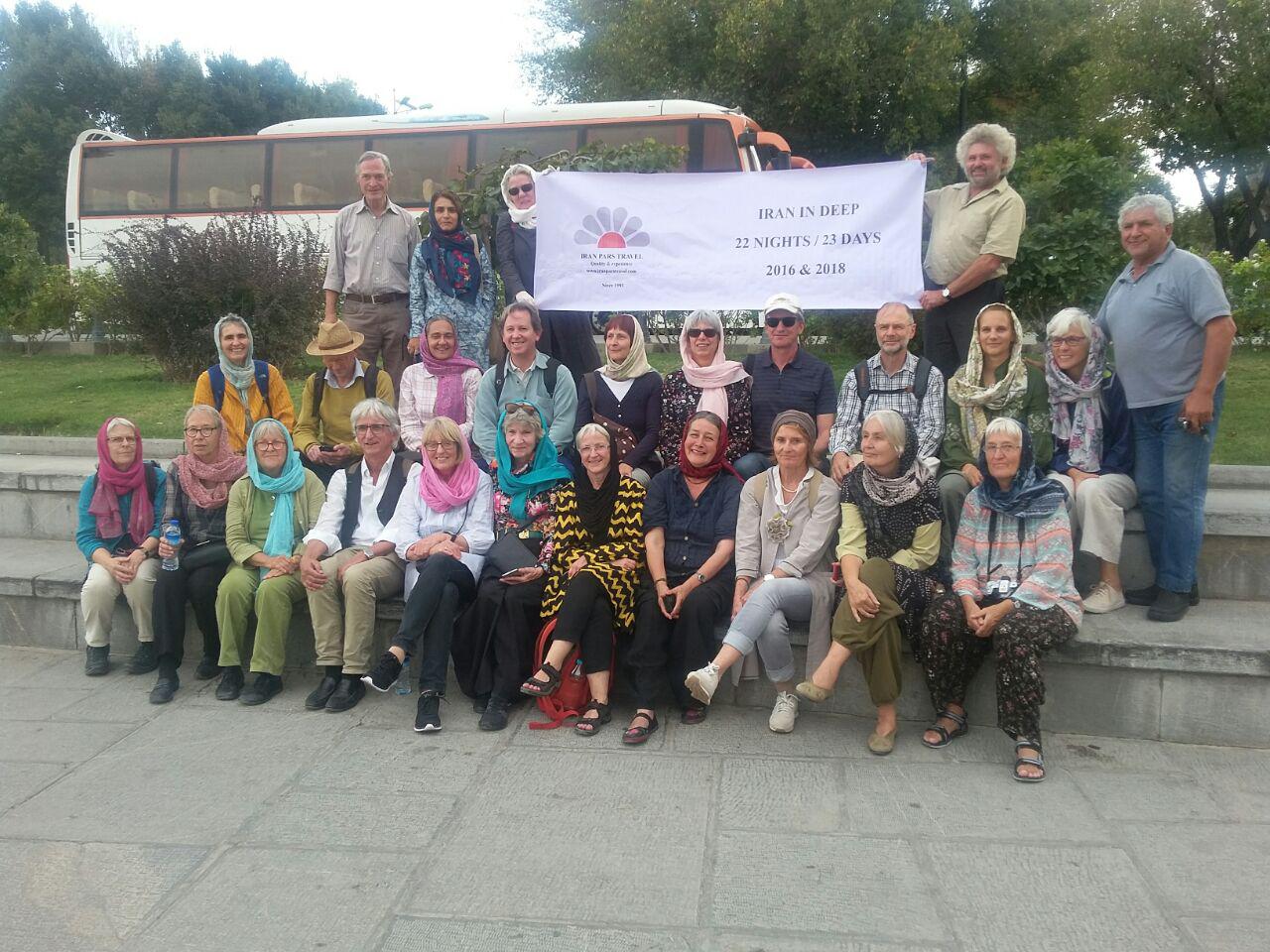 |
If you are interested in tourism and making a voyage in history, in seeing the antique relics of pre-Islamic or the monuments and historic cities of the Islamic period, do travel to Iran, because Iran is an immense and stupendous repository of art, civilization, and culture, Today, unearthed cities dating back to the time of rock face tombs, ancient palaces, historic bas-reliefs, historic temples and mosques, theological schools, houses, mausoleums, caravansaries and countless other buildings created in the course of this long time are all offered to the sight of tourists. In Iran, you can visit tens of thousands of historic sites, some of which such as Persepolis and Pasargad in Fars, the Naqsh e Jahan Square in Esfahan, the Chogha Zanbil temple in the Khuzestan, the Takht e Solayman ensemble in Western Azarbaijan. Gonbad e Soltaniyeh in Zanjan and the bas-reliefs of Bistoon in Kermanshah are listed on UNESCO's World Heritage ledger. You will also see structures built in the heart of nature, which will invite you to travel across this land of seven climes. The fortress of Alamut in Qazvin, the Roodkhan and Lissär fortresses in Gilän, the Babak fortress in Kaleibar, Zahhak's fortress in Hashtrood, Western Azarbaijan, the Qasr e Bahram caravansary in the Varamin Desert, the Tang-e Sarvak colin Kohgiluyeh-Buir Ahmad Province... al beckon you to travel in history and nature.
How to spend 7 Days tour in Iran |
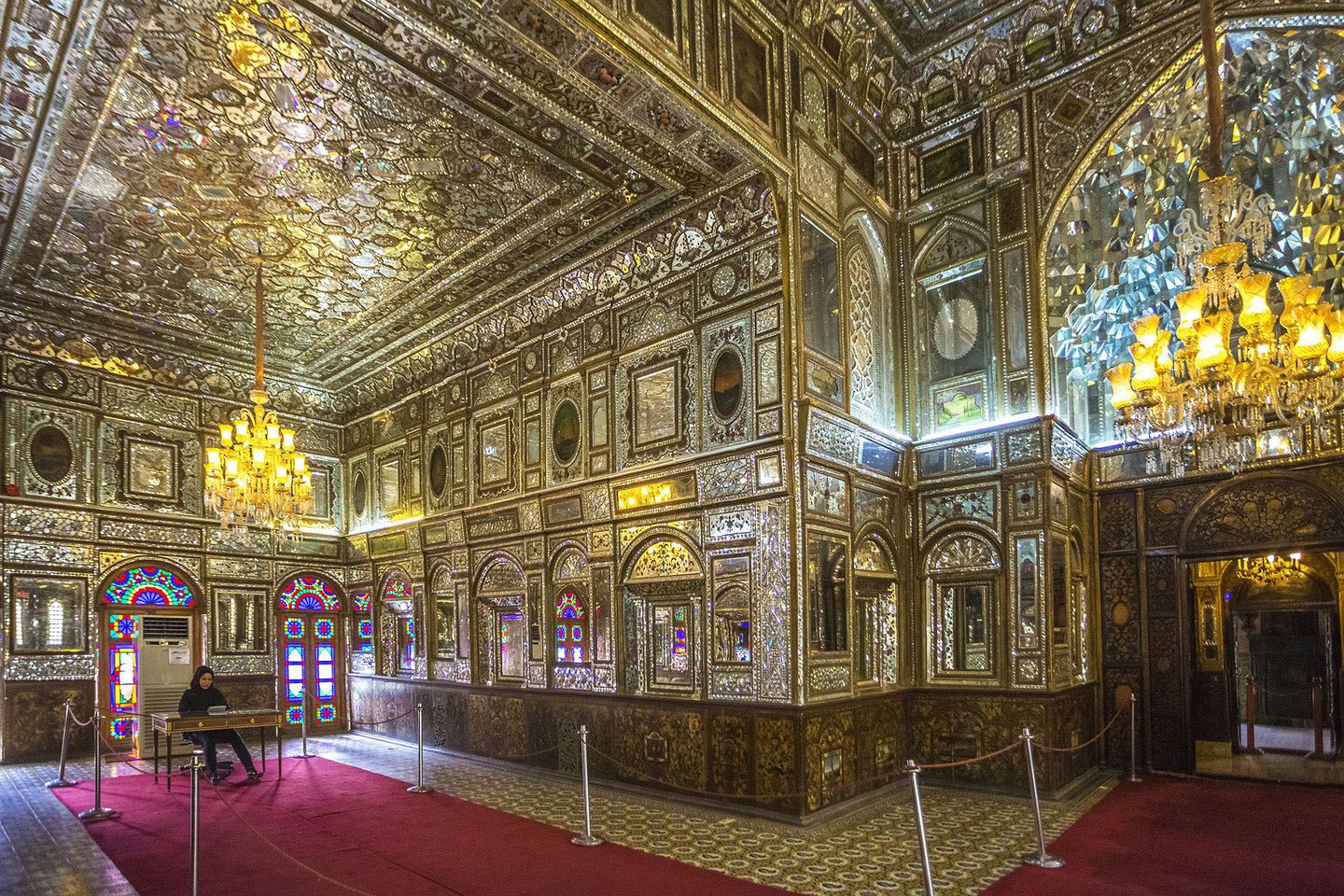 |
The land of museums
Iran houses many museums, which may be termed repositories of the civilizations, cultures, and history of Iran. In each of them, you can see unique items you will find in no other museum. If you like seeing historic relics, golden rhytons, terracotta statuettes, traditional or modern handicrafts, miniature paintings, ancient manuscripts, jewelry, superb carpets, ceramic wares, stained glass objects, and many other historic and natural works of art, you can visit Iran's museums, palace-museums, and park-museums, where you will enjoy the sight of myriad items preserved in some 400 such establishments scattered in different cities. In Iran's historic museums, you can see relics left behind by the now silent civilizations of the past, by the forgotten peoples of antiquity, and in the ethnological museums. you can become acquainted with the varied cultures, customs, and beliefs of all Iranian ethnic groups.
 |
The land of ceremonies and feasts. The ancient history of Iran and the presence of various ethnic groups, religions, and cultures within its boundaries have given birth to magnificent national, religious, and ethnic rituals. If you are interested in watching these ceremonies and becoming familiar with this country's popular customs and traditions, you can travel to Iran at particular times of the year, when you can see the feasts of Nowrooz and Sadeh, the rosewater extraction ritual at Qamsar, the carpet-washing ceremony at Mashhad-e Ardehál, the mourning ceremonies of Moharram, the seasonal migration of nomadic tribes, all sorts of religious celebrations, or feasts related to fishing, agriculture, etc.. which represent beautiful facets of the Iranians' social life. The seasonal migration of nomadic tribes in Chahar-Mahal VA Bakhtiari and Kohgiluyeh-Buir Ahmad is as vivid and dynamic as their music and dances. Famous, ancient, and world heritage UNESCO-registered Iranian gardens embody the art of a people who have created utmost beauty out of nothing.
The reasons that make Iran your next holiday destination |
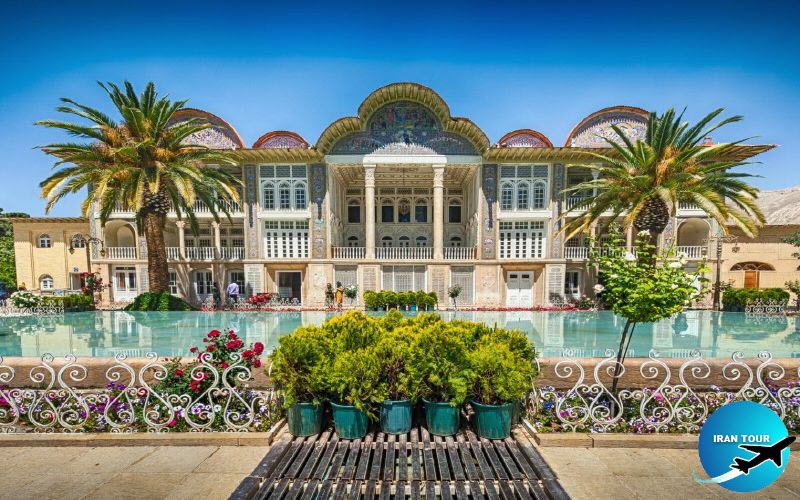 |
Iranian Gardens
Famous, ancient, and world heritage UNESCO-registered Iranian gardens embody the art of a people who have created utmost beauty out of nothing. Amidst arid deserts, they represent terrestrial paradises whose tall trees, flowing water, refreshing air, and magnificent monuments await your presence. You can stroll through such splendid historic gardens as Närenjestan and Qavám. Delgosha. Afifabad and Eram in Shiraz, Hasht Behesht and Chehel Sotun in Esfahan, Bagh e Shazdeh in Mahan, Kerman, Feen garden in Kashan, Bagh e Golshan in Tabass, and Dowlatabad garden in Yazd, enjoying a cup of tea or a meal beside a stream in the shade of venerable cypresses or plane trees, and feeling the delicate spirit of Iranian gardens.
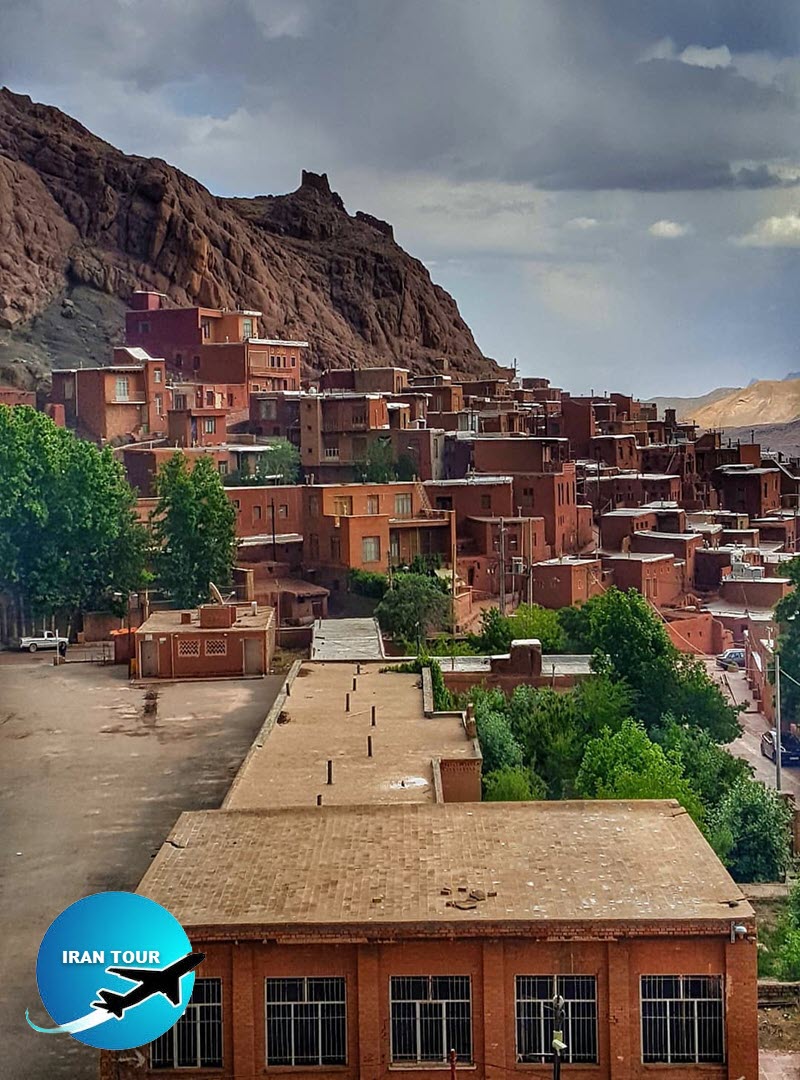 |
Wonderful villages
Iran is the land of innumerable wonderful villages: Kandowan in Eastern Azarbaijan, with its houses carved in the rock face, Masuleh, with its tiered houses built amidst the forests of Gilan. Uraman, seated in the unique nature of Kurdistan, Meymand, in the rocky environs of Kerman, Abianeh, near Kashan, Qehee, in Esfahan Province, and many others that are still flourishing, their populations busily tilling their orchards and fields. Visit the villages of Iran and admire the beauty of rural houses standing on foothills. in forests or in lush plains, as well as the tireless toil of their inhabitants. Each of these villages constitutes a unique museum filled with interesting subjects for you to research.
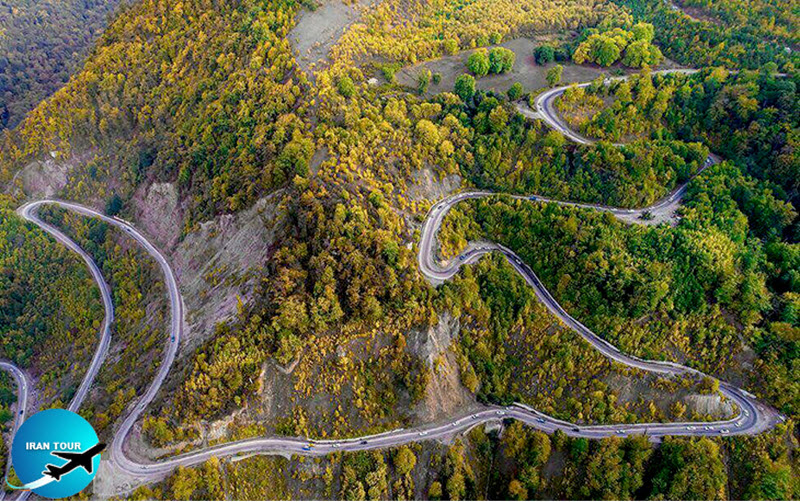 |
Stupendous nature
Iran offers you a diverse and colorful nature. Every type of natural environment, from warm and arid desert to cool and humid forest. lies within your sight here. The Alborz and Zagros mountain ranges occupy vast areas of this country. The northern slopes of the Alborz range are covered by luxuriant forests, and the Zagros range, which stretches southward from the northwestern corner of Iran, brings together breathtaking gorges and foothills. And two unique deserts of moving sand, Markazi and Lut, cover some 32 million hectares in central and eastern Iran. If you yearn for the vast horizons of the desert if you love sand-trekking in hot sunlight if you enjoy the sight and fragrance of flower-covered plains and fancy seeing rare and exotic flowers. If you are interested in seeing the unique Harra Forest. if you find seeing and skiing on snow-covered slopes throughout the year attractive if you haven't yet experienced a stroll in the heart of dense forests of soaring trees. if sitting on a sandy or rocky shore by a calm or agitated sea appeals to you, if you are adept at boat-riding, skin-diving, or surfing if you enjoy walking in the rain in misty weather, if you want to see the sumptuous residences and simple dwellings created in exquisite settings by different Iranian ethnic groups, if you are interested in seeing qanats, if you haven't seen water lilies lining the surface of serene ponds, if you wish to see a salt lake, travel to Iran to enjoy this aggregate of architectural and natural beauties in all seasons.
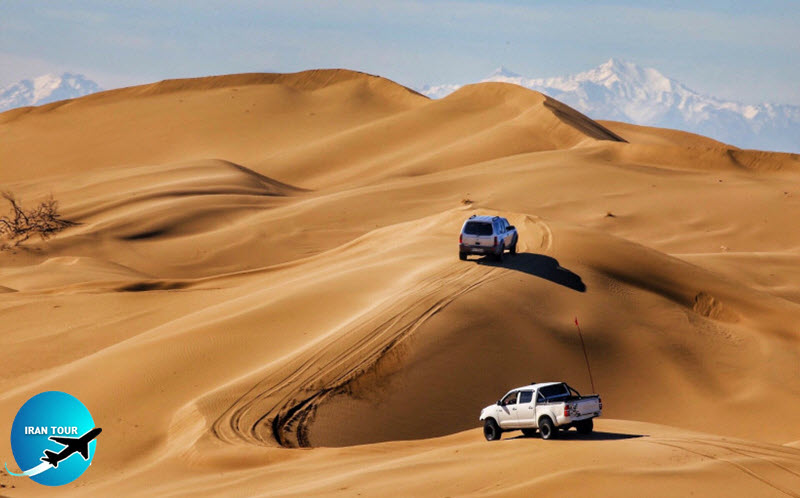 |
In the deserts of Iran, you will experience silence, serenity, and star-filled skies. Kaloot, the largest mud town in the world, and mud geysers are examples of wonders to be found in the deserts of Sistān va Baluchestan Province. At the peak of summer, you can travel to koloor, in Ardebil Province, where no fans or cooling devices are ever needed. By bathing in warm water springs to be found across Iran, notably in Ardebil, Dehloran, Ramsar, and Mahallät, you will feel vivified. The water of these springs also has medical qualities.
Iran Adventure Tours |
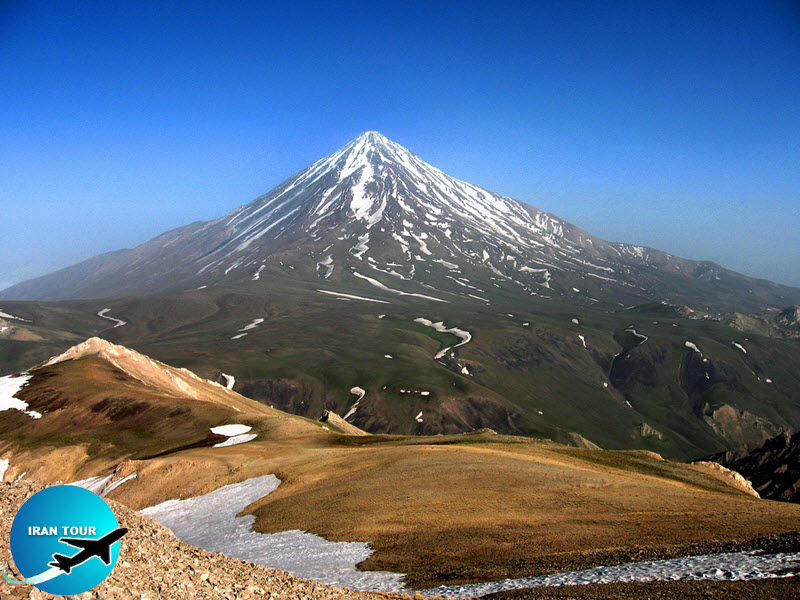 |
More than 60 eminent peaks are to be found across Iran, the tallest being Mt. Damavand (5671 m), which is snowcapped throughout the year. Other famous peaks in Iran are Sabalan and Sahand. Dena, Zardkooh, Taftan, Shirkooh, Binālood and Alvand. All offer exquisite climbing paths. Come to Iran and experience the pleasure of soaring to their summits. Iran possesses 4.2 million hectares of dense forests, 15 inhabited islands, 18 non-inhabited islets, and numerous rivers, lakes, and caves. The forests of northern Iran rank among the most unique natural forests in the world. Iran's southern islands, such as Qeshm or Kish, not only offer beautiful nature but also provide all kinds of facilities for tourists. Iran's largest river is Karoon, which is navigable. Most famous in Iran are the lakes of Orumiyeh, Bakhtegan, and Parishan in Färs, the Gavkhooni swamp in Esfahan Province, Zarivar in Kordestan, Gahar in Dorood, Lorestan, and the astonishing Salt Lake in Qom Province. And alongside the historic caves of Hoto and Kamarband in Mazandaran and those of Gonji, Kalmakareh, and Dowseh in Lorestan, Iran's natural caves include those of Karaftow in Kordestan, Katal e khor near Zanjan, Kharbas in Qeshm, Sahulan in Western Azarbaijan, Ra' is at Niasar, near Käshan, Yakhmorād in Mazandaran, Khoffash in Dehloran and Alisadr in Hamadan.
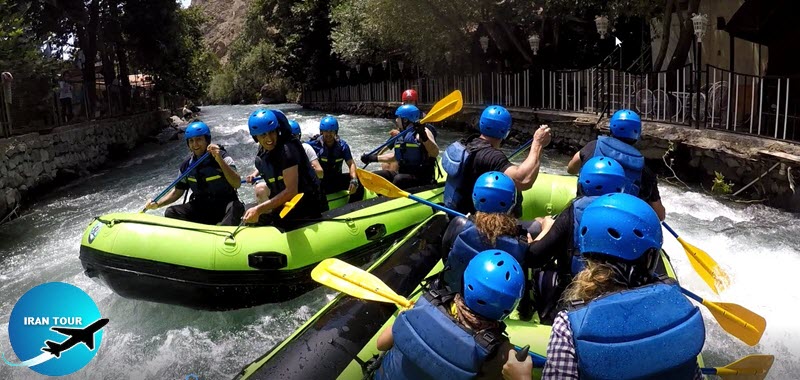 |
You can take a boat ride inside the blue cave of Alisadr. These caves offer you the pleasure of excitement and adventure. The vast and diverse soil of Iran is the habitat of innumerable animal species. Birds large and small, migratory birds coming from faraway lands to nest on its swamps, lakes, or riverbanks, eagles, sparrows, swallows, minas, parrots, nightingales, canaries, pelicans, flamingoes, which embellish Iran's blue skies, and wild and tame quadrupeds such as the Iranian zebra and the Asian ocelot, which live in Iran's deserts and forests, are very rare and interesting species. With its numerous extraordinary trees, plants, and flowers, Iran is truly a museum of natural history.
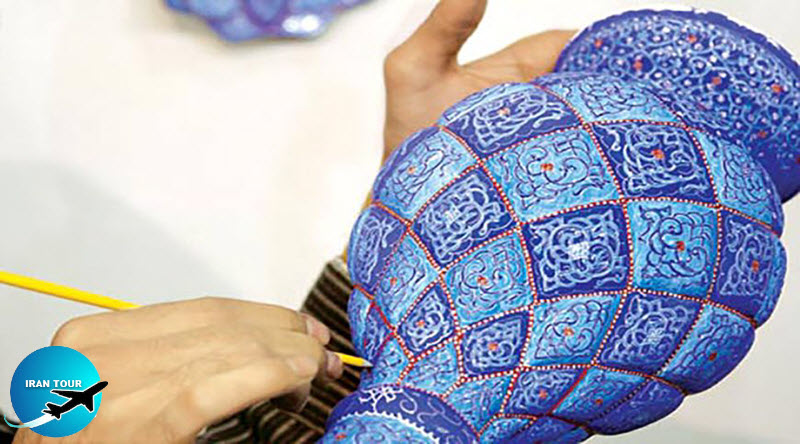 |
Iranian Gifts
The magnificence of Persian carpets, the finest works of art produced in Iran, is world-famous. Iran's traditional arts are also flourishing and everywhere different ethnic groups are busy creating beauties of their own. Glims and Jajims are mere examples among scores of traditional Iranian textiles. Pottery items masterfully ornamented by talented ladies in Lālejin, near Hamadan, and Kalpoorgan, in Sistan va Baluchestan Province, polychrome glassware, inlaid and tessellated wood panels, block-printed cloth, various objects made of wood, stone or metal, colorful fabrics and garments made of different fibers, are but examples of Iranian traditional arts. While traveling across Iran, you can admire all these arts and choose the ones you like to take back home as precious gifts, Iranian gifts are inexpensive, yet unforgettable souvenirs. Other gifts to take back home are countless types of Iranian pastry, confectionery, and dried nuts. Ājil, Gaz, Sohan, Pesteh (pistachio), badam (almond), qa'oot, Angosht-peech, Baglava, and Qottäb are local specialties whose tastes you will remember, 36. For those who love to taste exotic foods, Iran is an exceptional country, because its different ethnic groups, living in different environments, have invented a fantastic array of delicious meals. The local cuisine of the Iranian countryside is also highly varied. In any city or town, you can look for different kinds of food and experience a new taste.
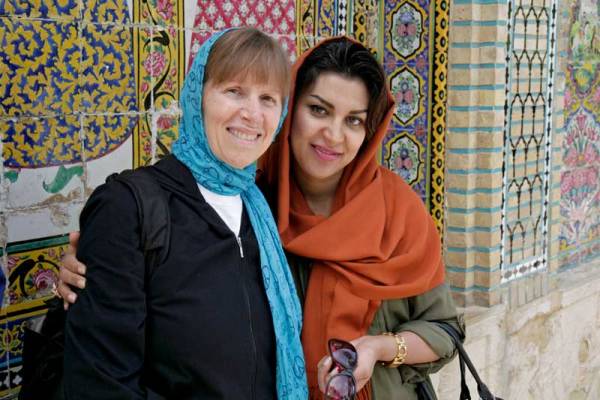 |
The hospitable Iranian
In Iran, many peoples belonging to different ethnic groups with different cultures, languages, and beliefs have long lived together in peace and harmony, because the followers of different religions enjoy freedom here. The Iranians have always been and still are hospitable people who deeply respect their guests and love to assist others. Today the official religions of Islam, Christianity, Judaism, and Zoroastrianism are present in the country, across which Färs, Lor, Kurd, Baluch, Azari Turk, Turkmen, and Arab... ethnic groups are living. The daily lives of these communities are also highly interesting Iran's elegant hotels, hostels set up in historic ensembles, traditional and local restaurants, zoological parks, museums, ferry cabins, and innumerable villas and gardens to be enjoyed in its towns and villages leave indelible memories in every tourist's mind. Besides its geographical situation at the interface between the East and the West, Iran also constitutes a cultural bridge between these two worlds, and its location at the junction of three continents has long made it the crossroads of global events. Iran offers untouched research subjects for scholars at large.
- Details
- Category: IRAN Blog